Engagement Ring - In Progress
Setting
Stone
Limited Time! Purchase any Engagement Ring and Receive a $250 Gift Card & Premier VIP Bundle.
We guarantee that every single purchase directly impacts one person's life by giving them access to clean water.
With the rise of lab diamonds in the market, there has been a huge wave of new information, opinions, and myths. Some people love labs, while others are quick to degrade them. Trying to figure out which side of the coin you land on? Let’s talk about lab created diamonds and get some cold hard facts:
Yes. Lab grown diamonds are crystalized carbon, just like natural mined diamonds. In other words, labs are not only visually identical, but also chemically identical to natural stones. The exact same sparkle, hardness, durability, and beauty – as well as chemical makeup. Lab diamonds are simply grown in labs, whereas natural diamonds are mined from the Earth. In fact, the US Federal Trade Commission (FTC) is so convinced of lab quality, they even removed the term “natural” from the definition of “diamond.”
FACT: Lab diamonds are real diamonds.
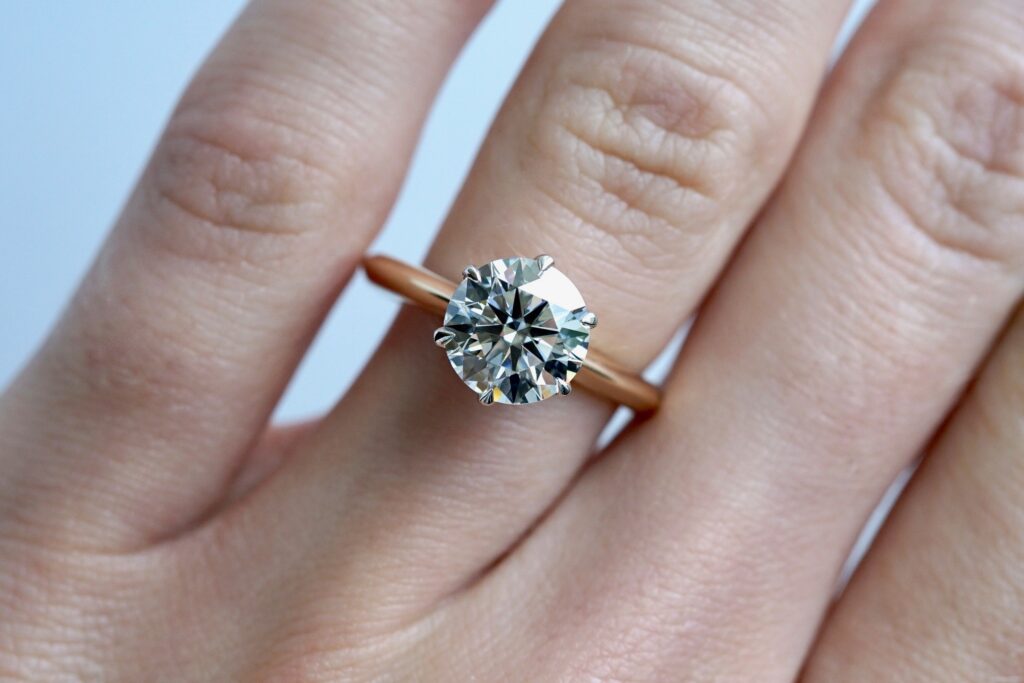
2.2ct Round lab dia in Luna
Yes. Because lab made diamonds are the same mineral as natural diamonds, they also rank as the hardest substance in the world. It does not matter whether a diamond is born in a lab or in the earth. They both exhibit 10/10 hardness, meaning the only thing that can scratch them is another diamond. So, they last eons!
FACT: A lab diamond is also forever.
No. Unlike diamond simulants (stones that look like diamond, but are NOT diamond) lab grown diamonds have a 10/10 hardness, so they will never cloud. Clouding in gemstones occurs when stone surfaces scratch or melt under normal wear and tear. This occurs mainly with low quality diamond simulants like CZ or glass. Lab and natural diamond, however, is the purest form of carbon, the hardest mineral on Earth. As only another diamond can scratch a diamond, labs do not cloud.
FACT: Lab diamonds do not cloud.
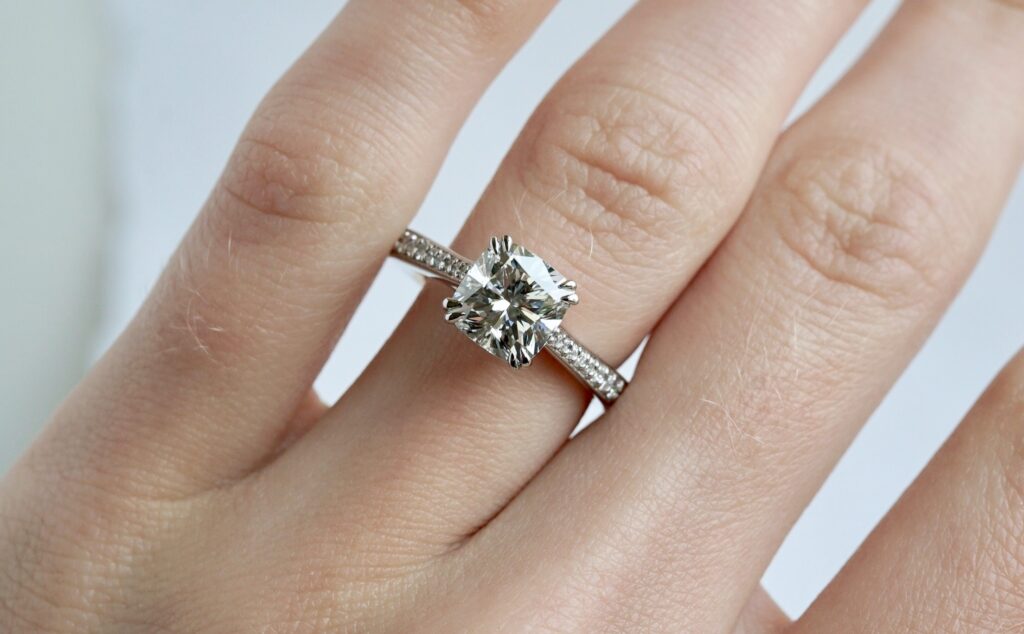
7.6mm cushion cut lab dia in Talia
If you mean most rare, the highest clarity we’ve seen is Internally Flawless – but that is super rare. Truly Flawless labs have not yet come onto the market. VVS stones are more common, with VS and SI clarities making up the majority of lab stones. “Best” is a relative term, however. So, if you mean “most eye clean” IF or VVS is the best clarity for your lab dia. However, if you mean “best value”, a VS or eye clean SI1 clarity stone may be the best fit for you. You can read more about diamond clarity here!
FACT: Most labs with a clarity grade of VS and above are eye clean!
Crystal strain is a type of “streaky” inclusion in a lab stone caused during the growth process. This frequently occurs when a diamond is grown too quickly, and results in a diamond’s optics being a little fuzzy. As you would expect, this is not desirable, and can negatively impact sparkle and beauty. And unfortunately, it is not listed on certification reports. So, be on the lookout for streaky inclusions when viewing your diamond!
FACT: Labs are not flawless, most have small inclusions, and many are invisible to the naked eye.
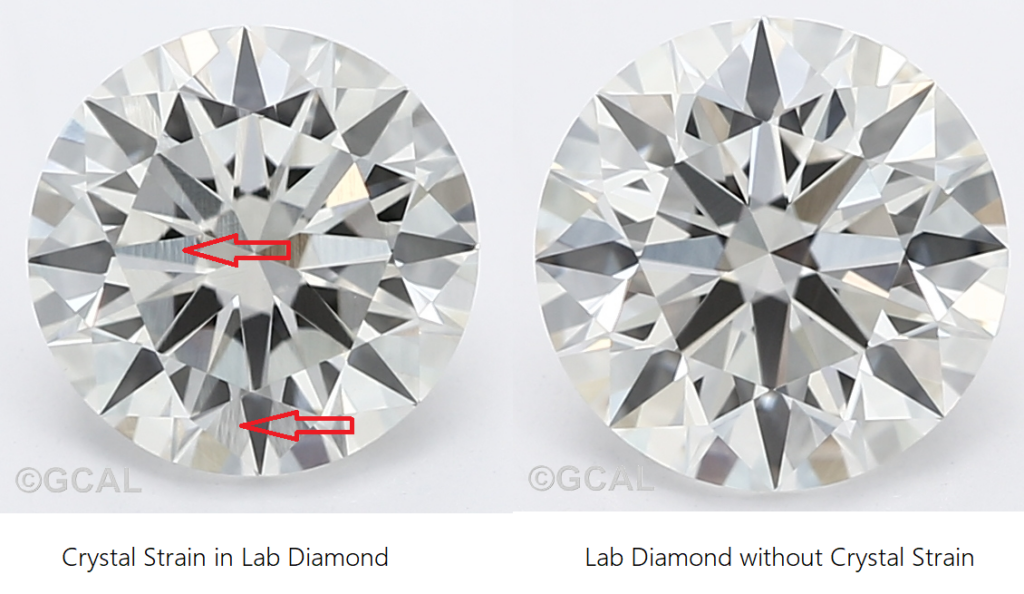
Yes. Because lab stones have the same chemical makeup as natural diamonds, they come in multiple colors like natural stones. This means labs can be colorless, near colorless, pink, gray, blue, yellow, etc! In addition, the unique methods used to make lab stones (HPHT & CVD) can result in a greater amount of trace elements entering the mix. So, some labs exhibit a pinkish, grayish, or bluish tones rare to natural stones.
Because of these tints, if you’re looking for truly colorless white, sticking with DEF color is the easiest way to nail that look. Otherwise, take a look at your near colorless diamond’s color from behind in its 360 view – is it yellow? Pinkish? Gray? Blue? One of my favorite is what I call a “tea rose” color – a slightly pinkish champagne. And those looking for a more steely, dark look may enjoy gray! There’s a veritable rainbow to enjoy in these subtle tints – or, you can stick to truly colorless! It is a personal preference, and there’s something for everyone. It’s just important to know what you’re looking at and getting.
Blue nuance is a slight bluish tone that can occur in labs as a result of boron trace elements. Blue nuance is generally noted on the diamond’s certification (though not always). It most frequently shows up in colors H, I, and J, however, I have seen it all the way up to E color. In natural diamonds, boron is exceedingly rare and incredibly expensive (the Hope Diamond is blue from boron!).
There is considerable disagreement over blue nuance in the jewelry industry. Some people enjoy its icy look, while others claim blue nuance is a negative because blue is so rare in natural stones. I personally fall on the side of loving blue nuance. In fact, I even sourced one for a friend, who was later told it looked like a 2 million dollar stone. I find blue nuance to be a wonderful option for those looking at near colorless stones in white gold and platinum, as the icy hue compliments the metal so well.
When couples are looking at yellow or rose gold, I recommend colorless or standard yellow/brown near colorless tint. This is because blue nuance may distract from the warm metal. Or, you could check out those tea rose beauties! As beauty really is in the eye of the beholder, I recommend doing your homework and coming to your own conclusion on preferences – they’re all stunning!
FACT: Labs come in more tint colors than naturals – be on the lookout for blue nuance, tea rose, and gray.

High quality lab and natural diamonds are indistinguishable to the naked eye. The are crisp, sparkly, and beautiful. Notably, labs that show a hint of pink, gray, or blue may provide a slight tip-off to very astute viewers, as these colors are so rare in natural form. On the other hand, diamonds that show crystal strain will definitely look man made – so avoiding crystal strain is very important.
Yes, because lab stones carry a microscopic engraving on their circumference informing jewelers of their lab created origin. This inscription is invisible to the naked eye, so while day-to-day viewers cannot see it, a jeweler can use a microscope to confirm. All lab stones over .25ct are inscribed this way, so there is no concern a lab dia may be sold as natural, or vice versa.
FACT: Lab and natural diamonds are identical to the naked eye, but labs have a microscopic inscription identifying it as lab made.
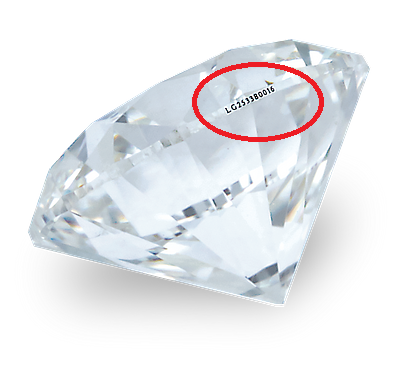
Microscopic laser inscription on lab stone
Yes! Just like there is a secondary market for natural diamonds (think Ebay, LoupeTroup, IDoNowIDont), there is a secondary market for labs, too! In fact, the same places that sell estate natural diamonds also sell estate lab stones. It is true that labs sell for less than comparable naturals, but that is to be expected, as labs start off at 30-50% of the cost of a natural. So, while some natural-only diamond sellers try to scare people into thinking labs are “worthless”, a simple online search proves this is just not the case.
In our opinion, jewelry in any form should not be seen as a short-term investment, as it can take many years to appreciate in value, and even then, supply and demand can change. Just as one generally would not be able to purchase a natural diamond and sell it in a few years for a profit, neither could you hope to turn a quick profit from a lab. Investing in jewelry should be seen as a legacy purchase: your children will profit from your diamond, not you. So, when choosing an engagement stone, we suggest that our customers think in terms of intrinsic value: the look they want and what makes them happy. That way, you will enjoy the benefits of your stone while it grows its long term value.
Lab stones are about 30-50% less expensive than natural diamonds because it takes less money and effort to create a diamond than to mine natural stones. Natural diamonds are very rare – and it takes mining deep into the earth’s crust to unearth gem quality stones. This requires many people, machines, time, and luck. (I was exhausted simply top-crust mining on my recent trip to the Arkansas diamond mine, let alone the grueling deep-crust work they do in Africa, Canada, and Russia! And I left diamond-less.)
Lab stones, on the other hand, can be produced on demand in a laboratory using controlled methods. This means less time, energy, and resources spent. And, those savings are passed on in lab pricing!
FACT: Labs are less expensive than naturals, and have a healthy secondary market value.
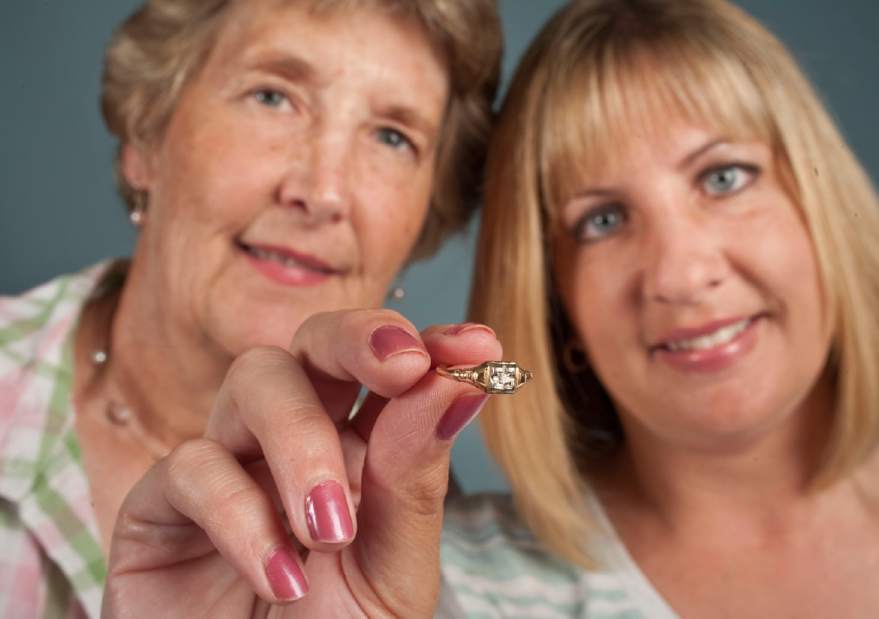
Diamonds can be part of your legacy! Credit: Barry Reeger, Tribune-Review
No. While lab grown diamond is chemically identical to natural diamond (pure crystal carbon), moissanite is a completely different mineral (silicon carbide). So, even though lab dias and moissanite have a similar look, they are distinct gemstones with different properties. For example, moissanite is “doubly refractive”, which means if you look very closely from the side, you can see a doubling of its facets (the tiny cuts all over the stone). Moissanite also gives off much more rainbow sparkle than diamond.
Diamond is singly refractive, meaning its sparkle is a bit more crisp. And, its white and rainbow brilliance are even. Plus, diamond is a 10/10 on the hardness scale, whereas Moissanite is a 9.25. You can read more about the differences between diamond and moissanite here!
Lab created diamonds are harder and more traditional looking than Moissanite, whereas Moissanite is more affordable. Both stones are sustainably grown and beautiful. So, it depends on what your priorities for a center stone are! If you want something that looks “as close to a diamond as possible” but is less expensive, a lab grown diamond can’t get any closer! It’s the real thing, itself! And, it’s much less costly than natural. If ultimate cost is your biggest concern, you can’t beat Moissanite – it is a fraction of the cost of lab stone. So, which is “better” is relative – what do you think?
FACT: Lab made diamonds and moissanite are different minerals with different optical properties.
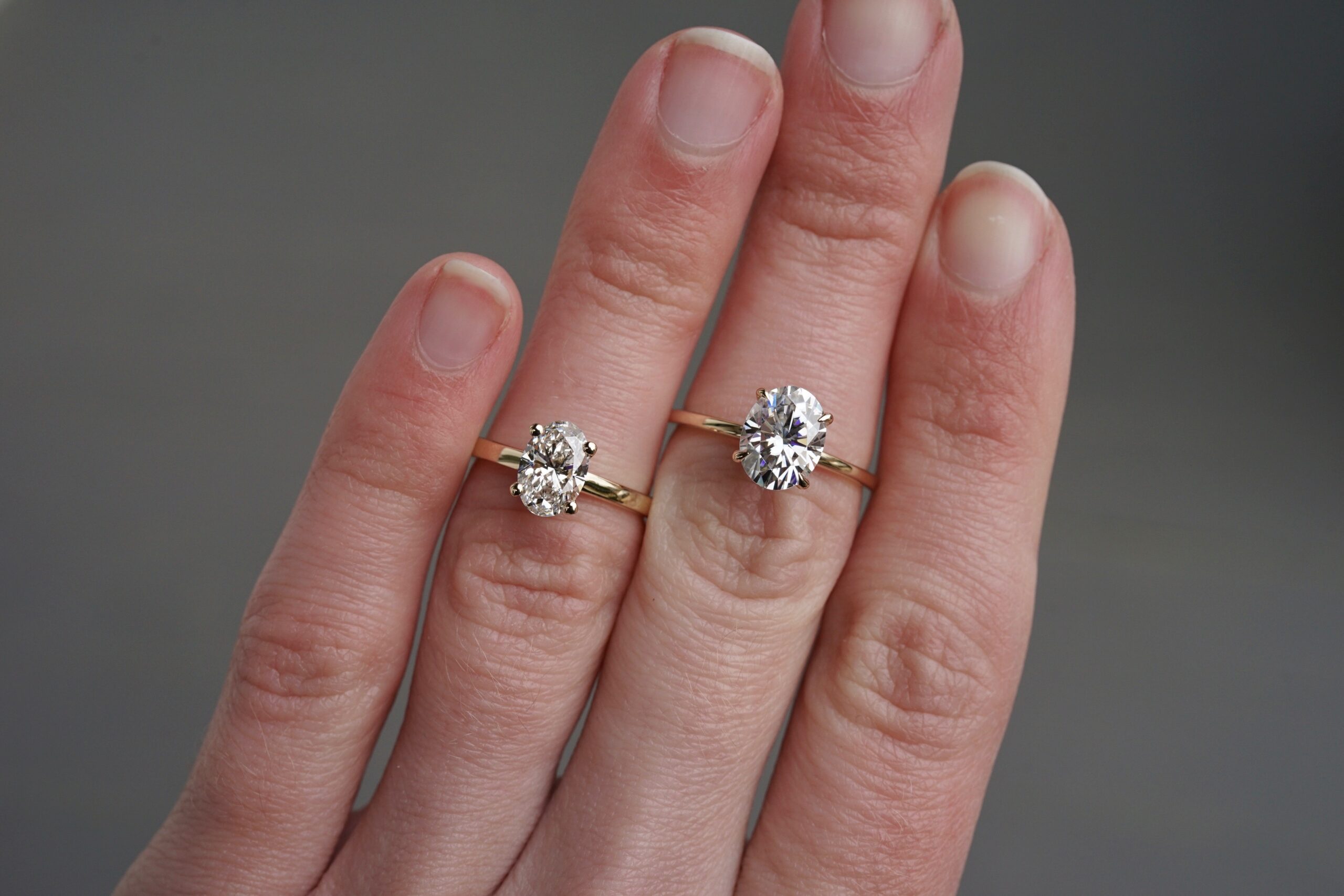
(left) Oval Lab Dia vs Oval Moissanite (right)
Of course. Send us a note here, or email me at care@doamore.com! I love helping people find the perfect lab made diamond for them. And, I can help you cut through all the crazy stuff you’ve heard. CVD? HPHT? Nuance? You name it, I got you. Just ask for Corinne, the gemologist!
Verifiably Ethical & Sustainable
Guaranteed 1:1 Impact
Personalized 1:1 Customer Service
handcrafted & american-made
you before us, always
Verifiably Ethical & Sustainable
Guaranteed 1:1 Impact
Personalized 1:1 Customer Service
handcrafted & american-made
you before us, always
Thoughtfully crafted, made to last, and designed for life's most meaningful moments. LEARN MORE
Diamonds, Gemstones, & Metals
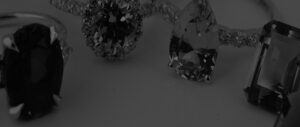
Every piece of Do Amore jewelry begins by not hurting the world. All our natural diamonds are either ethically sourced in Canada, recycled to eliminate additional demand, or accompanied by a blockchain ledger showing every hand your diamond passed through, proving your stone is truly conflict-free.
We also offer sustainable lab-created stones and guarantee all precious metals are recycled to eliminate the environmental impact of mining. Since March 2022, we carry absolutely no Russian diamonds and continue to urge the industry to follow suit.
Clean Water
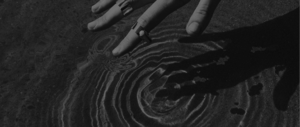
We desire to deepen the well of love in the world. We guarantee that every single purchase—whether engagement ring, wedding band, or piece of jewelry—directly impacts one person’s life by giving them access to clean water.
We do this by directly matching jewelry purchases to people in communities to ensure our funding has a one-to-one impact. We also show you the exact GPS coordinates and a photo of the water well your ring or piece of jewelry helped fund.
Customer Service
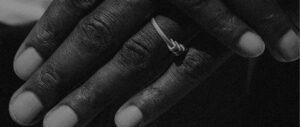
As a small, 100% founder- and employee-owned team, one-to-one encounters are at the heart of our values. Whichever way you want support throughout your engagement ring or jewelry purchase process, our team is here to accommodate you.
From high-touch to hands-off, video calls to text messages, you have our dedicated, responsive team on your side from the moment you start your search, to the day your well is built, to the time we meet again.
Engagement Rings, Bands, & Jewelry
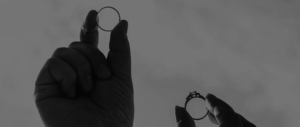
Every Do Amore design, whether one of our own or unique to you, is beautifully handcrafted in America and made specifically for you. Each ring is made to order, every time.
From classic to custom, you have the option to select from dozens of gorgeous settings or work with our design team to create something entirely bespoke. Plus, you are always covered for free inspections, polishing, cleaning, stone tightening, rhodium-plating, and resizing for life.
Our Promise

We care about what matters most to you, not what’s easiest for us. If it’s a minor change to a setting or arriving at a completely custom design, we work to ensure you get precisely what you love.
From statement-making to understated, we have options at any price point. Plus, you always have our team on your side searching to bring you every stone within your specifications. We also offer 60-day returns and a limited lifetime warranty to cover you in the rare event of a manufacturing defect.